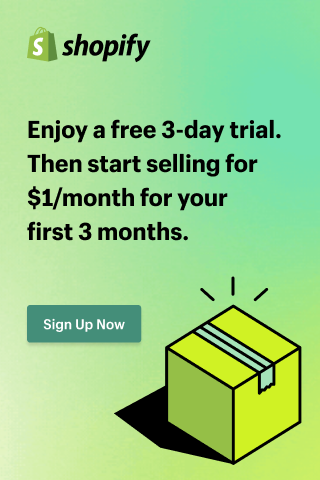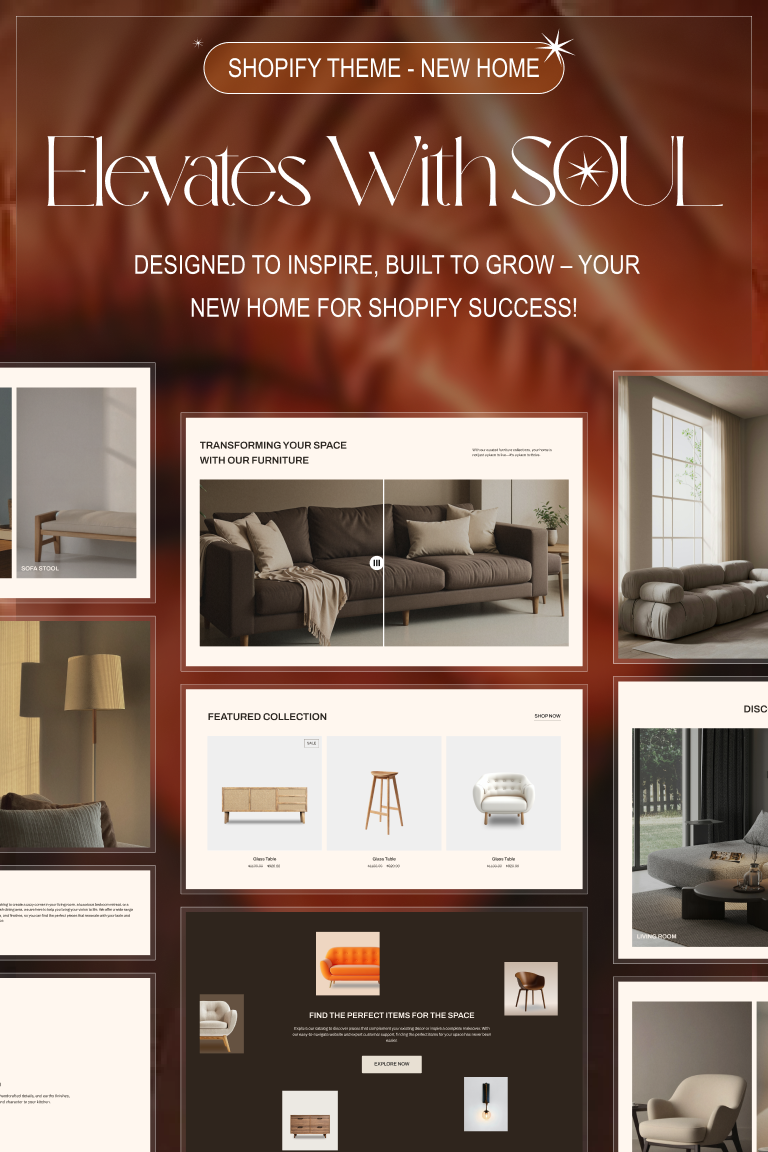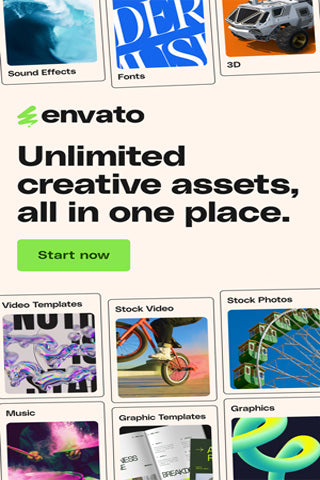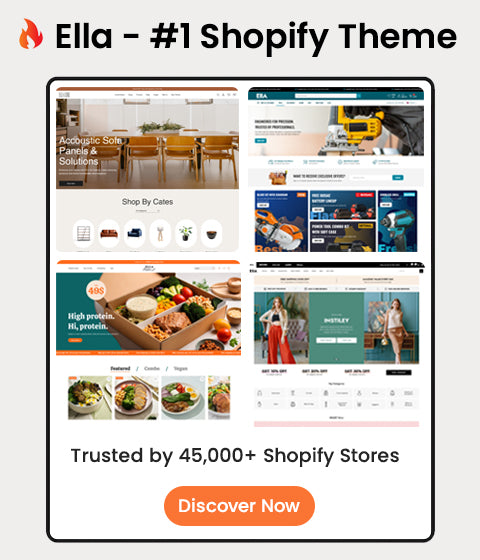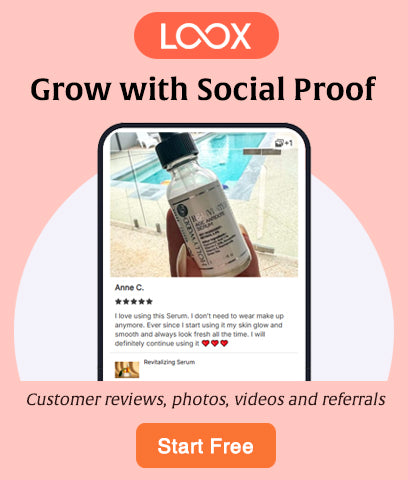How Can UI UX Design Boost Your Ecommerce Sales?

In the world of fashion eCommerce, design is everything. Customers don’t just buy clothes – they buy style, confidence, and an experience. That means your online store’s design is as important as the clothes you sell.
From homepage visuals to product page layouts, every design choice affects brand perception, user engagement, and conversion rates.
In this article, you’ll learn why design matters in fashion eCommerce, the core elements of good design, and actionable tips to improve your store.
Why Design is the Heart of Fashion eCommerce
1. First Impressions Define Trust
Shoppers decide in less than 5 seconds whether to stay on your site or leave.
-
A modern, clean design builds trust instantly.
-
A cluttered or outdated store signals low quality.

2. Visual Storytelling Drives Desire
Fashion is visual. Customers want to see and feel the product before they buy.
-
High-resolution images & videos showcase textures and details.
-
Lookbooks and lifestyle shots create aspiration and storytelling.
-
Consistent branding makes your store memorable.

3. User Experience (UX) Shapes Conversions
A beautiful store means nothing if shoppers can’t find what they want.
-
Clear navigation menus.
-
Smart filtering (size, color, price).
-
Quick view & size guides reduce friction.
-
Mobile-first design ensures easy browsing on smartphones.

4. Speed & Performance Impact Sales
Even the most stylish website fails if it’s slow.
-
53% of users abandon a site that takes longer than 3 seconds to load.
-
Lightweight themes and optimized images keep your site fast.
-
Design must balance beauty + performance.

5. Design Affects SEO
Good design goes hand-in-hand with SEO.
-
Clean code and responsive layouts improve crawlability.
-
Structured content helps search engines understand your site.
-
Engaging visuals + strong UX lower bounce rate → better rankings.

Key Design Elements Fashion Stores Should Focus On
-
Homepage Design → Clear hero image, trending collections, strong call-to-actions.
-
Product Page Layout → Large images, zoom-in features, size guides, reviews.
-
Navigation & Filtering → Easy to explore categories, shop by size, color, or trend.
-
Mobile Optimization → Responsive, fast-loading, easy to checkout on mobile.
-
Brand Consistency → Colors, typography, and design language aligned with your identity.
Explore top-selling Shopify themes for your store:
- 10 Best Shopify Themes for Clothing Stores to Boost Sales
- 22 Best Shopify Themes for Beauty Stores: Cosmetics, Skincare & More
- Top 10 Shopify Themes for Electronics Stores with Modern & Responsive Design
- 12 Best Shopify Themes for Furniture and Home Decor Stores
- 10 Best Shopify Themes for Dropshipping (Beginner to Pro)
Case Study: How Design Boosted Sales
A mid-sized streetwear brand redesigned its Shopify store with:
-
Clean, minimalist layouts.
-
Mobile-first product pages.
-
Integrated lookbook sections.
Result: 32% higher conversion rate and 18% lower bounce rate within 3 months.
Actionable Design Tips for Fashion eCommerce
-
Use high-quality lifestyle images instead of plain studio shots.
-
Highlight best-selling collections on the homepage.
-
Add storytelling sections (about the brand, sustainability, style).
-
Ensure your design is ADA accessible (contrast, alt text, readability).
Test different layouts with A/B testing for maximum conversion.
Conclusion
In fashion eCommerce, design is not just decoration – it’s the foundation of your brand experience. A well-designed store builds trust, inspires desire, and makes shopping effortless.
Whether you’re running a boutique or a large apparel brand, investing in design is one of the highest-ROI moves you can make.
FAQs
1. Why is design more important in fashion eCommerce than other industries?
Because fashion is visual and emotional – shoppers need to feel inspired before purchasing.
2. Does store design affect SEO?
Yes. A clean, responsive design improves user engagement, which boosts SEO rankings.
3. How can I improve my store design without coding?
Use Shopify’s drag-and-drop themes, page builders, and apps to customize layouts.
4. What’s the biggest design mistake fashion stores make?
Overloading the site with too many elements, slowing down performance, and confusing shoppers.
5. Should I hire a designer or use a theme?
For most small and mid-sized stores, a premium Shopify theme is enough. Larger brands may benefit from custom design.



